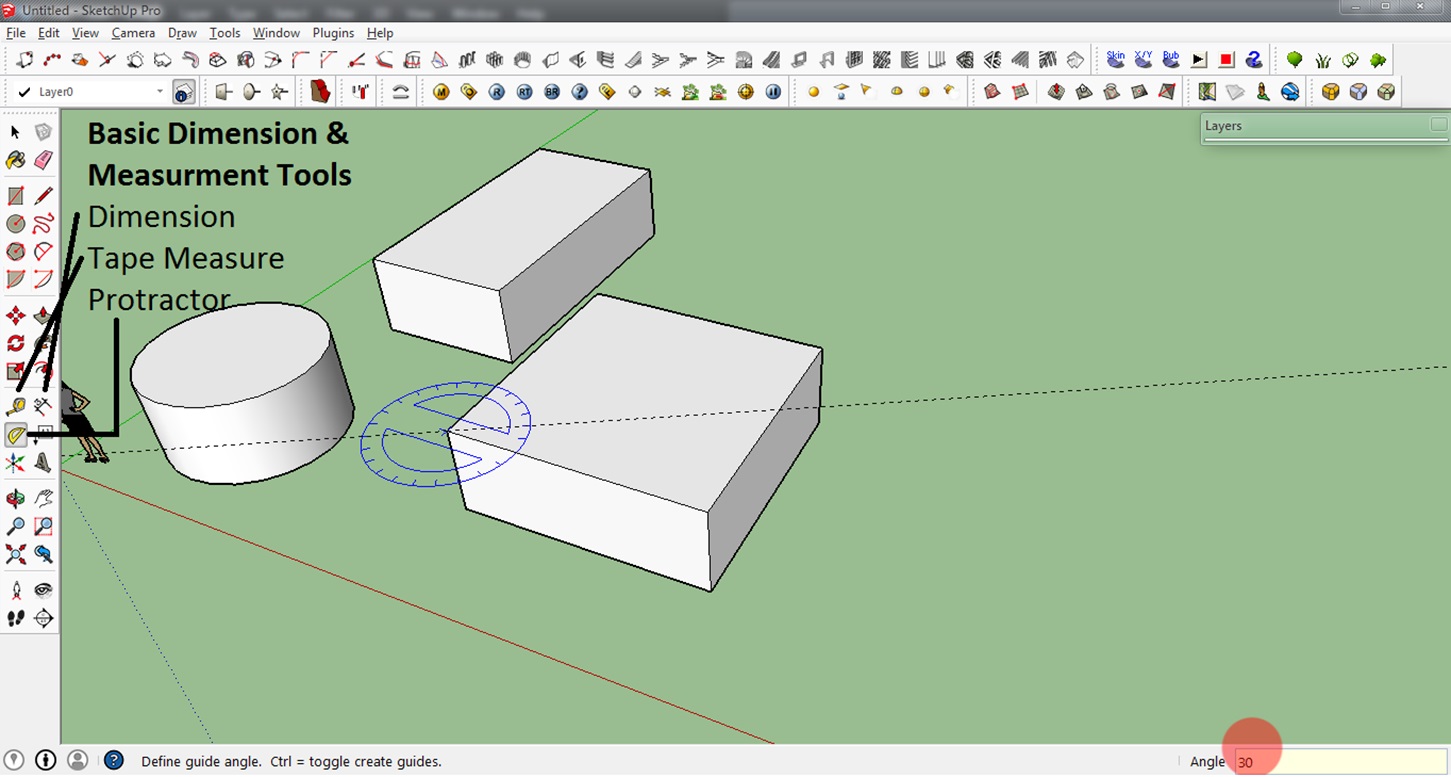

- ADD LOCATION SKETCHUP TEXTURES HOW TO
- ADD LOCATION SKETCHUP TEXTURES CODE
- ADD LOCATION SKETCHUP TEXTURES PASSWORD
to try to work around the emulation issues. The Trimble SketchUp team is working on updates to Dynamic Components, etc.
ADD LOCATION SKETCHUP TEXTURES CODE
These files are plain text and can be viewed in any good code editor (of which plain-jane Notepad is not.)ĭISCLAIMER: You take responsibility for changing the browser emulation setting. reg file, regedit will prompt you for confirmation to run the file and make changes to the registry. reg files are by default associated with the regedit executable. SketchUp_WebDialog_BrowserEmulation_regfiles.zip (1.5 KB)
ADD LOCATION SKETCHUP TEXTURES PASSWORD
Windows UAC may first prompt you for confirmation, or ask for an admin password if you are on a standard user account.) (They likely require administrative priviliges to change the registry. Wanna walk me through how i set the browser emulation to IE10 in windows So, manually setting it to v 10 ( 0x2711) allows both DC webdialogs to work, and we no longer get the Google browser version warning on the “ Add Location” page (from Google Maps.) NOTE: This Dynamic Components bug has since been fixed. (But note that there is also a duplicate attribute…īut it has also been reported that setting emulation to v 11 will break the Dynamic Components webdialogs (because those dialogs are not yet using a tag to set compatibility mode and are using IE-specific non-W3C DOM functions. Webdialog Win10 IE11 CSS - #18 by DanRathbun Last I knew the SketchUp installer was still setting “sketchup.exe” IE BrowserControl emulation to MSIE version 9. (2) Manually change the browser emulation version for “sketchup.exe” in the Windows registry. (1) You click “Dismiss” on the warning pane, (afterall it says “Consider changing your browser”,) and then use the feature normally. Your custom material will now show up in the sketchup material library.Are photo textures no longer a feature? SketchUp You should have two options:.When you mess things up too bad, there’s always the Reset Color. Colorize turns your texture to black and white and then puts the color overlay on top.If you import your texture and it’s too small or too large, use the Texture Scale & Lock in the Texture Editor section to adjust the scale of your sketchup texture. You can use the Color Editor section to adjust your material’s color without having to edit it in an external program and reimport it.If your texture starts to look weird when using the color picker, try checking the Colorize option in the Texture Editor section. After your texture image is uploaded, you’ll see a preview of it in the upper left hand corner. To import your sketchup textures, click the Import Image in the Texture Editor section.

The Create Material window will then pop-up.In the Material window click the Create Material button.

Alternatively, you can go to the Window tab and select Materials from the drop-down list. Doing this will pop up the Materials window.
ADD LOCATION SKETCHUP TEXTURES HOW TO
How to Import Sketchup Textures & Create Custom Materials In this sketchup tutorial, you’ll learn how to import your favorite sketchup textures and turn them into new materials that you can use in your models. Sketchup has a pretty nice array of materials built into it, but it probably doesn’t have everything you’re looking for. More by Tony How to Import Sketchup Textures & Create Custom Materials


 0 kommentar(er)
0 kommentar(er)
